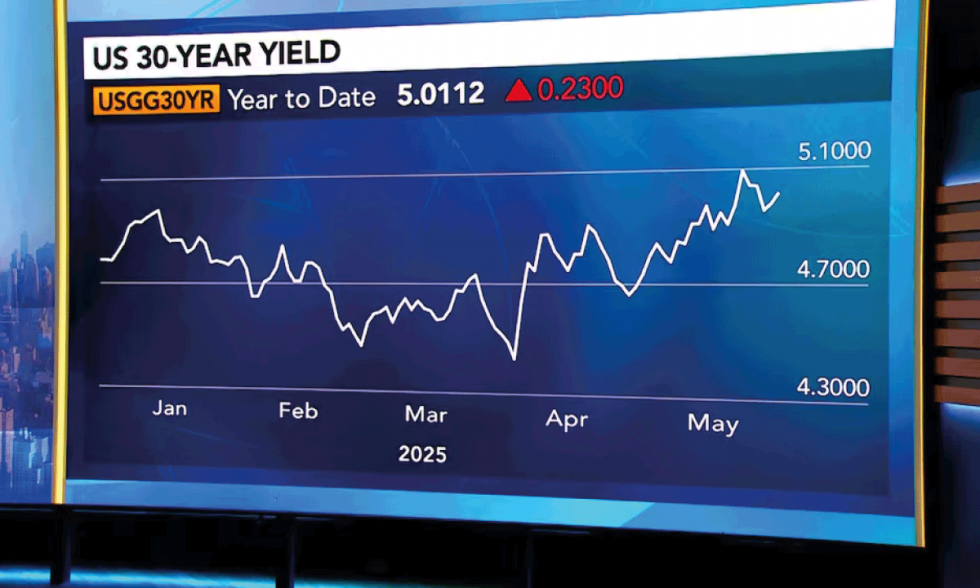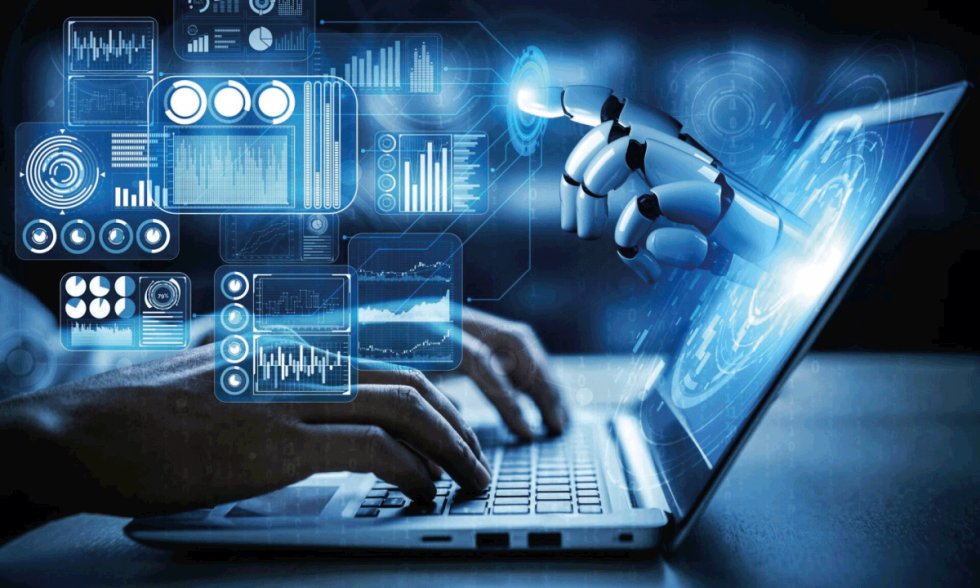3D Bioprinting of Adipose Tissue: A Breakthrough in Regenerative Medicine
In a groundbreaking achievement for biotechnology and regenerative medicine, a team of researchers from Pusan National University in South Korea has developed a novel bioink for 3D bioprinting functional adipose tissue. This advancement paves the way for new treatment options in skin regeneration and chronic wound care, especially for patients suffering from severe burns or non-healing wounds.
The team’s research focuses on creating a bioink composed of 1% decellularized adipose extracellular matrix (ECM) and 0.5% alginate, which together allow the precise fabrication of adipose tissue structures. This bioink is designed to promote the migration and differentiation of preadipocyte cells, the precursors to adipocytes, allowing the creation of functional adipose tissue that mimics the natural properties and function of the body’s fat cells.
The Role of Adipose Tissue in Regeneration
Adipose tissue plays a vital role in the body, not only as an energy reserve but also as an endocrine organ that secretes hormones and molecules essential for tissue repair and regeneration. Replicating the complex structure and function of adipose tissue in the laboratory has been a significant challenge for scientists due to its cellular complexity and interactions with other tissues.
The bioink developed by the South Korean researchers overcomes this challenge by enabling the generation of adipocytes within the printed tissue. These adipocytes are crucial for the regeneration of skin and other tissues, as they release growth factors that promote healing and the formation of new blood vessels, essential for tissue repair.
Promising Results in 3D Bioprinting
In vitro testing revealed that the bioink successfully supports the creation of viable and functional adipose tissue. Preadipocyte cells not only migrated as expected but also differentiated into mature adipocytes, which is essential for the tissue’s functionality in medical applications. This innovation marks a significant step forward in bioprinting, as it allows for the precise construction of adipose tissue that mimics the natural tissue’s characteristics, such as nutrient absorption and cell-to-cell interaction.
Moreover, the researchers found that the bioink’s unique formulation allows for greater control over the structure of the tissue, optimizing its ability to receive nutrients and oxygen. The optimal module diameter of ≤600 µm and the spacing of ≤1000 µm between tissue modules promote adipogenesis, which is the process of transforming precursor cells into mature fat cells.
Applications in Regenerative Medicine
One of the most exciting aspects of this development is its potential applications in regenerative medicine. The researchers tested the bioink in animal models, specifically rats with dermal wounds, to evaluate its capacity to promote wound healing and tissue regeneration. The results showed significant improvements in reepithelialization and tissue remodeling, suggesting that 3D bioprinted adipose tissue could be a valuable tool in the treatment of chronic wounds, such as diabetic foot ulcers and pressure ulcers.
Additionally, the use of 3D bioprinting allows for the creation of personalized fat grafts, which could revolutionize reconstructive surgery and cosmetic procedures. Unlike conventional fat grafting methods, which can experience partial or complete resorption, 3D bioprinted grafts offer better stability and a higher survival rate, leading to improved outcomes for patients undergoing reconstructive surgeries or tissue regeneration treatments.
Personalized Medicine and Future Possibilities
The creation of functional adipose tissue using 3D bioprinting also opens up new possibilities for personalized medicine. By tailoring bioprinted tissue to the specific needs of individual patients, this technology could provide more effective and customized treatments for chronic wounds and burn victims. Personalized adipose grafts could be produced based on the patient's unique tissue characteristics, improving the compatibility and success of treatments.
As 3D bioprinting technology continues to advance, it is expected to play a pivotal role in the future of healthcare. Hospitals and medical centers may soon adopt bioprinting for the creation of personalized tissues and organs, allowing for more accurate and efficient treatments for a wide range of medical conditions.
The potential of 3D bioprinting extends beyond regenerative medicine. Researchers are also exploring its applications in drug testing, cancer research, and tissue engineering, where it could serve as a platform for studying the effects of new therapies on human tissues. This could lead to more effective treatments and fewer side effects, as the technology allows for precise modeling of human tissues in the laboratory.
The Future of 3D Bioprinting
The work of the South Korean researchers represents just the beginning of what could be a revolutionary shift in regenerative medicine. While the technology is still in its early stages, the promising results of this study provide hope for the future of tissue regeneration. As bioprinting technology evolves, it may soon be possible to not only print functional adipose tissue but also create full organs, offering life-saving options for patients in need of organ transplants.
With continued innovation, 3D bioprinting has the potential to transform the medical field, offering solutions for some of the most pressing healthcare challenges. As the technology advances, the possibility of printing organs and tissues tailored to individual patients may soon become a reality, drastically improving the quality of life for patients around the world.
Source: ConSalud
Related Articles
Todos los derechos reservados




Comentarios